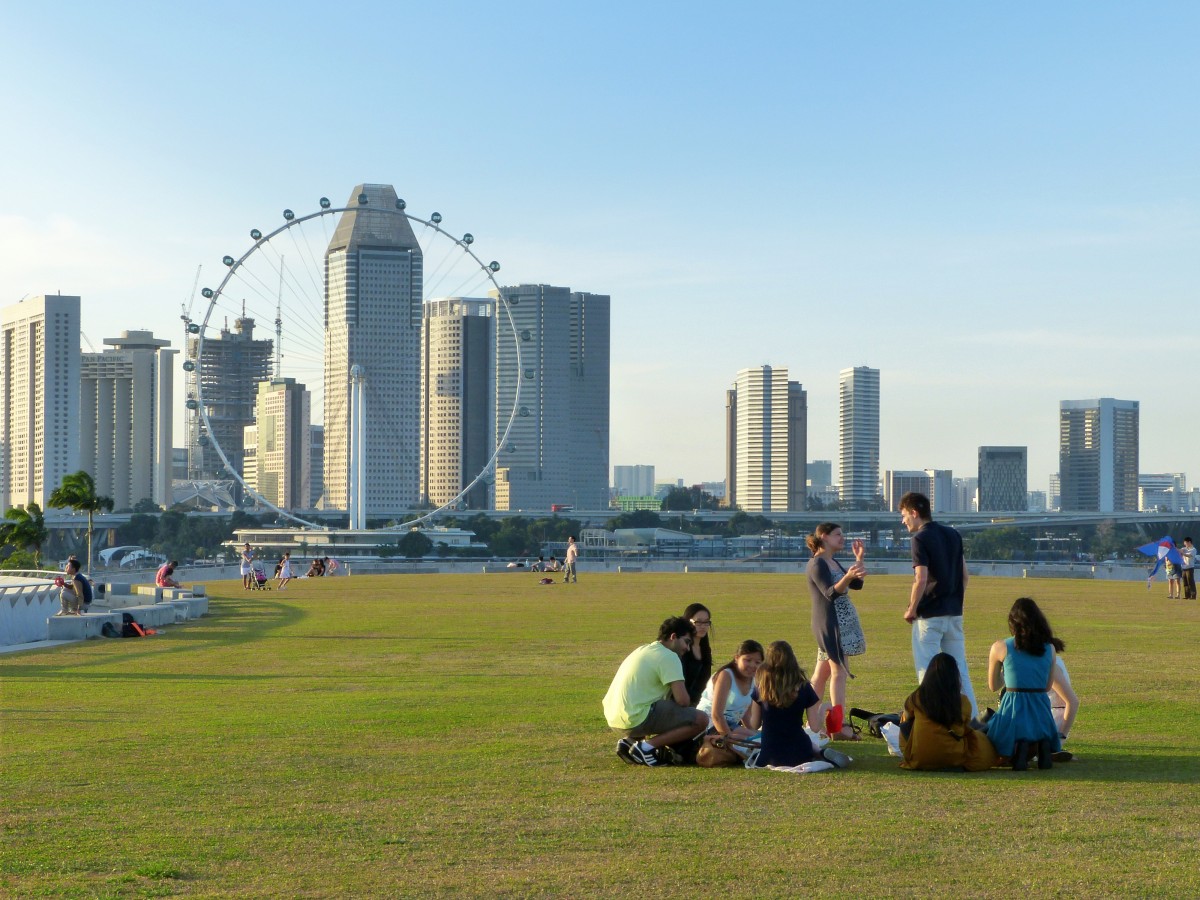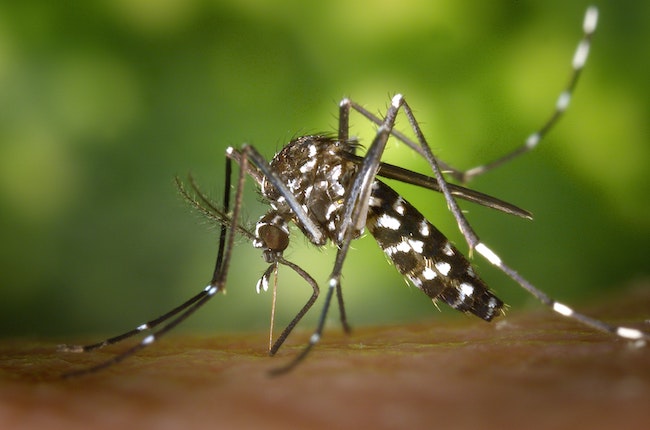Singapore is known as one of the safest places in the world. Why, then, would we choose Singapore as a case study for developing new methods for disaster risk reduction?
People tend to be surprised when a natural hazard occurs and shocked when disastrous impacts follow. We wanted to create a new framework that can help preempt such surprise. We developed a guided process to explore potential outcomes that we do not naturally want to consider due to our optimistic human nature. And, regarded as one of the world’s safest countries, where could be a more surprising location for a disaster to happen other than Singapore?

First, we needed to better quantify and understand the past disasters Singapore has experienced. We started by looking into the past records of Singaporean disasters in prominent global disaster databases. At a glance, the global records reflect this perception of little to no historical event of note.
Digging into the local records, however, we uncovered a number of events that were missing from these global databases, even though they happened between 1950 and 2020. For example, all major floods in the 1950s, 60s, and 70s were missing from the global databases, despite their clear qualification as a disaster in terms of deaths or number of affected persons.
In a recent study published in the International Journal of Disaster Risk Science, my co-authors from the EOS Disaster Analytics Society Lab and the Volcanic Hazards and Risk team and I presented a total of 39 disaster events, 30 more than the maximum of nine events for the same time period in other studies. This implies that disaster events have been severely under-recorded and underrepresented for Singapore on the global stage.
Part of this discrepancy between our catalogue and the international ones can be explained by the definition of the term “disaster”. International databases require uniform criteria to aid in their classification of events as disasters or otherwise. In the case of Singapore – given its size, historical context, location, and cultural expectation – we found that the local perception of a "disaster" reflected in newspapers and other media sources did not always align with global disaster definitions.
We also saw interesting comparisons between events of similar recorded impact. For example, in 2020, Singapore, along with the rest of the world, was heavily impacted by the COVID-19 pandemic. Somewhat overshadowed, but equally deadly in Singapore was an unprecedented number of dengue fever cases. Each of these health emergencies resulted in 29 deaths in 2020, with 58,000 and 34,000 reported cases for COVID-19 and dengue fever, respectively. The dengue fever outbreak was likely compounded by the stay-at-home measures required by the government to minimise the risk of transmission of COVID-19. Yet it is also likely that Singapore's health disaster narrative of 2020 will remain dominated by the impacts of the pandemic and the collective experience of the Circuit Breaker shared by Singaporeans. This showcases how in the case of events with similar impacts, our own experience and bias can affect our perception of a past disaster or future risk.

What else did we find? We found that in Singapore, health disasters, such as the 1957 and 1968 flu pandemics, topped the deadliest disaster category while civil emergencies, such as the Nicoll Highway collapse in 2004, occurred the most frequently. Most international disaster sources consistently included only two events: the collapse of Hotel New World in 1986 and the Hand-Foot-Mouth Disease outbreak in 2000. We also found that it was the most economically and socially vulnerable in this city-state who bore the majority of the impacts from events such as the kampong (village) fires that occurred in the 50s and 60s, major floods in the 50s to 70s, and health epidemics such as COVID-19.
With this more complete catalogue of Singapore's disaster past in hand, we developed our framework for addressing the issue of surprise when disaster strikes. We did this in a second study, published in Frontiers in Earth Science, by formalising the question, "How could that have been worse?" through downward counterfactual thinking – re-imagining the past with worse outcomes.
Using this framework, we considered the potential worse outcomes of events like the 1986 Hotel New World building collapse: at a different time of day, the building could have been at higher occupancy and this could have led to more lives lost. Similarly, alternate outcomes from past nearby earthquakes, volcanic eruptions, and tropical cyclones could have been worse.
You might notice that some of these events are not on the list of past disasters from the study published in the International Journal of Disaster Risk Science. One main takeaway from our research is that even though these natural hazards are not currently part of the past disaster catalogue, other past events, while not considered “disasters”, are still worth considering because of the potential worse outcomes that were avoided only by chance.
While our work is not a means to predict the future, it serves as a tool to challenge our understanding of what is possible and consider what could be worth preparing for to sustain a more resilient future. Try your hand at a downward counterfactual activity through our counterfactual toolkit and share your results with us!
This work was supported by the National Research Foundation.